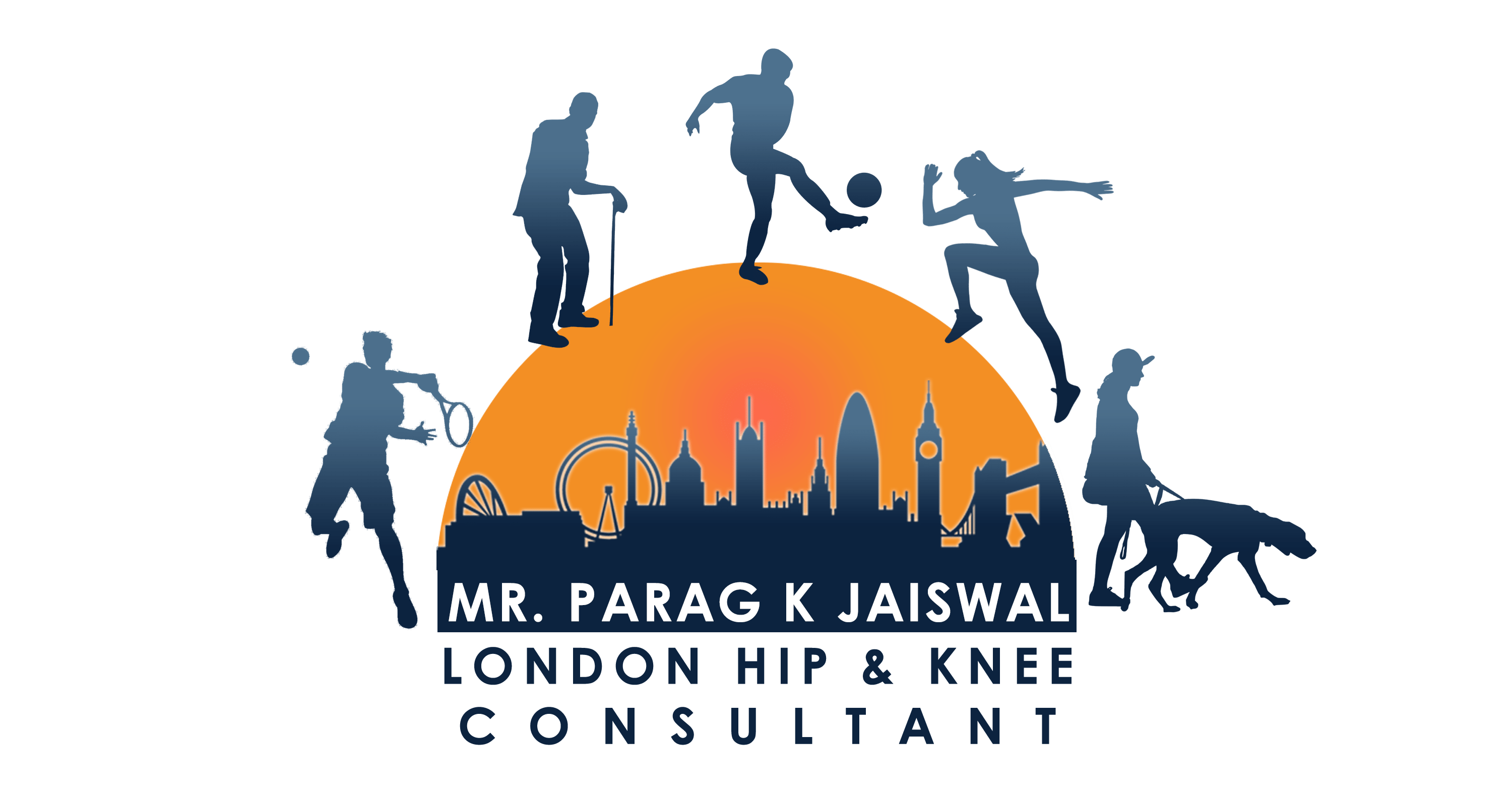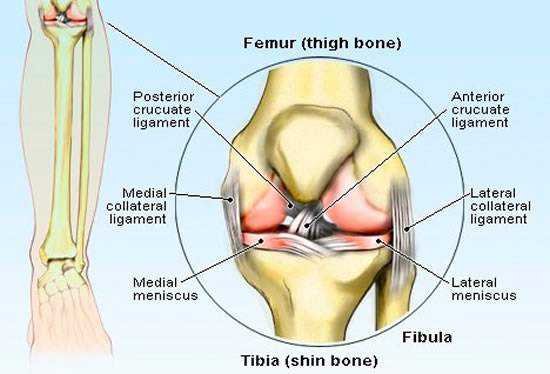Orthopaedic Expert Care You Can Trust

The knee joint is one of the most commonly injured body parts.. The knee is quite a complex structure with several ligaments stabilising the joint and different types of cartilage serving as shock absorbers and allowing for friction free movement.
Knee injuries are defined by the structures that are damaged and the mechanism by which the injury occurred.
Ligament injuries and Knee Strains
Sprains are injuries to ligaments that stabilise a joint. The Four main ligaments in the knee are:
- Anterior cruciate ligament (ACL)
- Posterior cruciate ligament (PCL)
- Medial collateral ligament (MCL)
- Lateral collateral ligament (LCL)
The degree of injury or sprain to the ligament is usually graded by the amount that is torn or stretched and the amount of instability it causes.
Grade 1 sprain: ligament is stretched but no frank tear is evident. There will be a pain but no instability (the knee giving way)
Grade 2 sprain: a few fibres of the ligament are torn (partial tear). There may be mild instability
Grade 3 sprain: there is a full thickness tear of the ligaments leading to instability
Knee strains
This occurs when tendons and muscles around the knee joint are stretched either because of too much bending (hyperflexion) or over straightening (hyper extension). As a result, the pain is experienced outside the knee and causes loss of your normal range of movement.
Meniscal tear
The meniscus is a semi circular shaped tissue made of cartilage. There are two menisci (plural for meniscus) in the knee; lateral meniscus (outer aspect of the knee) and medial meniscus (inner aspect). They act as shock absorbers. The menisci can be damaged acutely in a specific traumatic incident. Conversely, over time the menisci lose their water content and gradually become dysfunctional with age or overuse.
Cartilage injuries
The cartilage lining the end of your thigh bone (femur), the top of your shinbone (tibia) and behind the kneecap (patella) is a different kind of cartilage to the meniscus. It allows for smooth friction free movement of the joint and allows us to bend and straighten the knee with no pain. This cartilage can get damaged acutely with trauma or sporting injuries. It can occur with injury to other structures in the knee. Gradual thinning of the cartilage with time is part of the ageing process. When there is no cartilage left (osteoarthritis) then patients may complain of pain even at rest. Considerable research is going into various cartilage repair or regeneration techniques.
I have a keen interest in different surgical techniques used to regenerate cartilage and have written an entire thesis on it (see link below). As a result of my continued involvement in research and cutting edge surgery, I am able to offer the latest and most innovative approaches to deal with this difficult problem.

